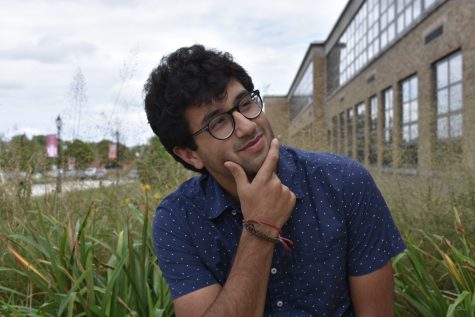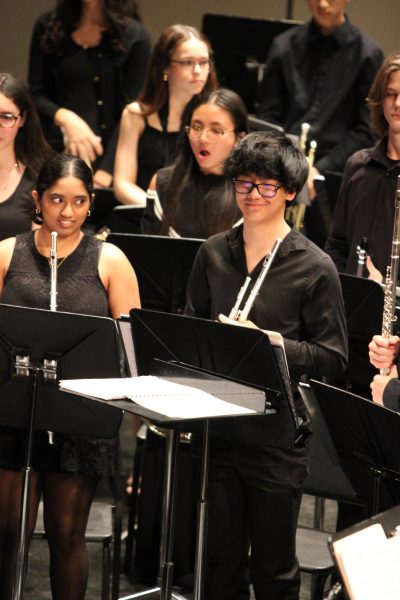$250 for a technological movement. Worth it?
The movement towards Chromebook implementation into student education will cost each student $250 as of now.
This year our school started charging an annual $250 technology fee at registration to help equip every student with a Chromebook starting the 2017-18 school year, including the class of seniors who wouldn’t be able to use the technology. Many of the seniors are upset that they are required to pay for computers that they wouldn’t be given.
“I think it’s ridiculous because we are literally paying $250 extra and not receiving benefits,” said Senior Omar Nabulsi. “If the school didn’t use the money to buy computers, what did they use it for?”
The new principal, Bill Walsh, was able to clear some of the confusion about the recent technology fees that would help the next generation of students be involved in a four-year plan to bring 1:1 technology to Central students.
“It’s not a $250 device fee; it’s a $250 technology fee,” said Principal Walsh. “But I do know that the Board of Education wants a resolve as to how to ease that financial burden on families by refunding and having the district assume some of the fees.”
Walsh described the four-year plan as an extensive process. Last school year, a half dozen teachers piloted the of use Chromebooks in their classroom. Throughout the year, Walsh and his team evaluated success. In March, they presented to the Board of Education the value that Chromebook technology would bring into the classroom. They asked for a four-year plan to implement Chromebooks into the classroom that was meant to be curriculum driven. The Board wanted to move it faster, however, with addressing the cost. The school’s CFO, Mr. Egan, presented a financial plan to go to 1:1 that involved a technology fee that moved it up to a three-year plan (last year being the pilot, this year being the curriculum intervention, and next year being the stage where all students have Chromebooks). The cost of $250 included the infrastructure that goes on campus, including gigabytes of Wifi from roughly 15,000 computer on campus as well as the cost of the computers.
This technology movement seems to be working extremely well for teachers, including Mr. Michael Palmquist.
“These tools broaden and deepen the learning activities that are possible and make students more active participants in the learning process,” said Mr. Palmquist. “I use Chromebooks to connect students to the real world, to help them create context around our discussions and to communicate clearly with me and each other.”
For the future, Walsh reveals plans about a student help desk can help with repairs and computer troubleshooting. Additionally, credit for internships to get certified in C++ and other programming languages are plans that Walsh was excited to talk about. This technological movement for the school seems to justify the $250 technology fee seniors were required to pay at the beginning of the year.

Senior Kunal Jobanputra exudes a vibrant personality through his ability to grow a beard and his unique dressing style. His class and interest in rap allows...











